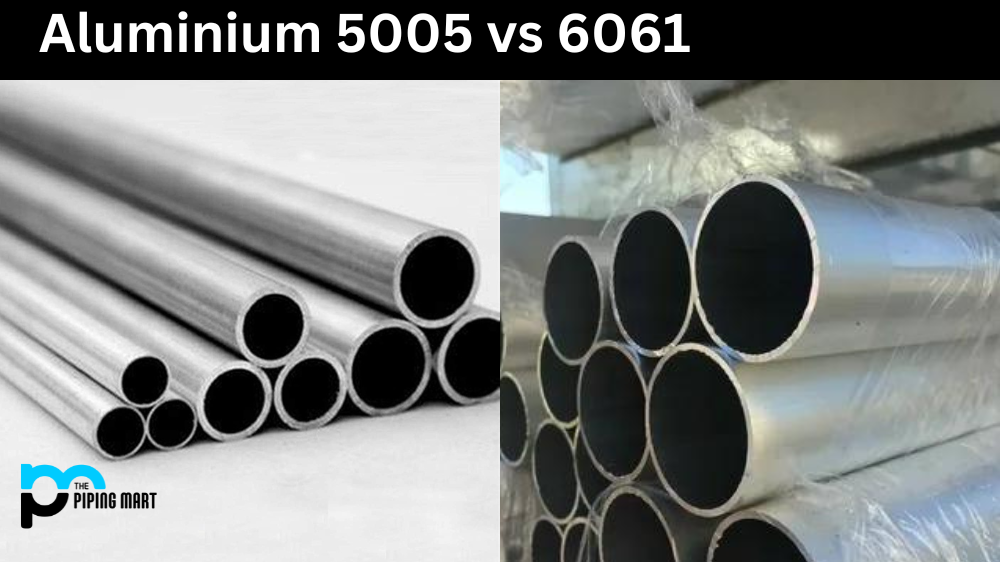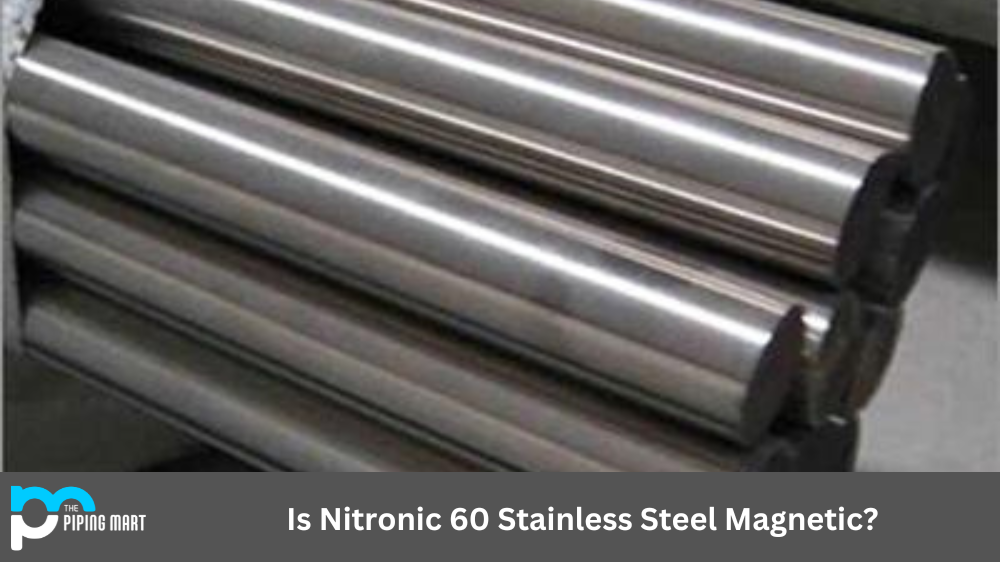Regarding high-performance alloys, Stellite is a name that needs no introduction. It is a family of cobalt-based alloys renowned for their exceptional wear resistance, corrosion resistance, high-temperature strength, and excellent mechanical properties. However, a few different types of Stellite are available on the market, and two of the most popular ones are Stellite 21 and Stellite 6. In this blog post, we will discuss the critical differences between Stellite 21 vs Stellite 6 in terms of composition, physical properties, mechanical properties, hardness, heat treatment, welding, and corrosion resistance. So, let’s dive in!
Difference Between Stellite 21 and Stellite 6
Composition
Stellite 21 comprises cobalt, chromium, molybdenum, tungsten, and carbon. On the other hand, Stellite 6 contains cobalt, chromium, tungsten, and carbon. The main difference between the two alloys is the absence of molybdenum in Stellite 6. This means Stellite 21 is better suited for applications where high-temperature performance is critical, while Stellite 6 is ideal for applications involving wear resistance and corrosion resistance.
Physical Properties
Regarding physical properties, Stellite 21 and Stellite 6 have a similar density of around 8.4 g/cm3. However, Stellite 21 has a slightly lower thermal conductivity than Stellite 6, making it more suitable for high-temperature applications. Additionally, Stellite 21 has a lower coefficient of thermal expansion than Stellite 6, making it more dimensionally stable over a wide range of temperatures.
Mechanical Properties
Both Stellite 21 and Stellite 6 have excellent mechanical properties that make them ideal for high-wear applications. However, Stellite 21 has a higher yield strength than Stellite 6, which can withstand higher stresses before deformation occurs. On the other hand, Stellite 6 has a higher modulus of elasticity than Stellite 21, making it stiffer and more resistant to bending.
Hardness
Stellite 21 and 6 have a similar hardness of around 40 HRC when in the as-cast condition. However, with the appropriate heat treatment, Stellite 21 can reach a hardness of up to 50 HRC, making it the harder of the two alloys. This makes it ideal for applications where extreme hardness is required, such as cutting tools and wear-resistant coatings.
Heat Treatment
Both Stellite 21 and Stellite 6 can be heat-treated to improve their mechanical properties. However, the heat treatment process for Stellite 21 is more complex due to the presence of molybdenum. Additionally, Stellite 21 is more prone to cracking during heat treatment due to its higher carbon content. Therefore, it requires carefully controlled heating and cooling rates to prevent cracking.
Welding
Stellite 21 and Stellite 6 can both be welded using traditional welding techniques like TIG, MIG, and plasma arc welding. However, Stellite 21 is more difficult to weld due to its higher molybdenum content. Welding of Stellite 21 requires preheating to prevent cracking and slower cooling rates to prevent stress buildup.
Corrosion Resistance
Stellite 21 and 6 offer excellent corrosion resistance, making them ideal for harsh environments. However, due to molybdenum, Stellite 21 is slightly more resistant to high-temperature oxidation. On the other hand, Stellite 6 is better suited for corrosive environments due to its higher chromium content.
Conclusion
In conclusion, Stellite 21 and Stellite 6 are fantastic high-performance alloys with excellent wear resistance, corrosion resistance, high-temperature strength, and mechanical properties. However, the key differences between the two alloys are their composition, physical properties, mechanical properties, hardness, heat treatment, welding, and corrosion resistance. Therefore, when choosing between Stellite 21 vs Stellite 6, it is important to consider the specific needs of your application. If you require a material that can withstand high temperatures, Stellite 21 is the better choice. On the other hand, if you require a material with excellent wear and corrosion resistance, Stellite 6 is the better choice.

Meet Bhavesh, a seasoned blogger with a wealth of knowledge and experience. From metal products manufacturing to retail, Bhavesh has a diverse background in various industries and is dedicated to sharing his insights and expertise with readers.




